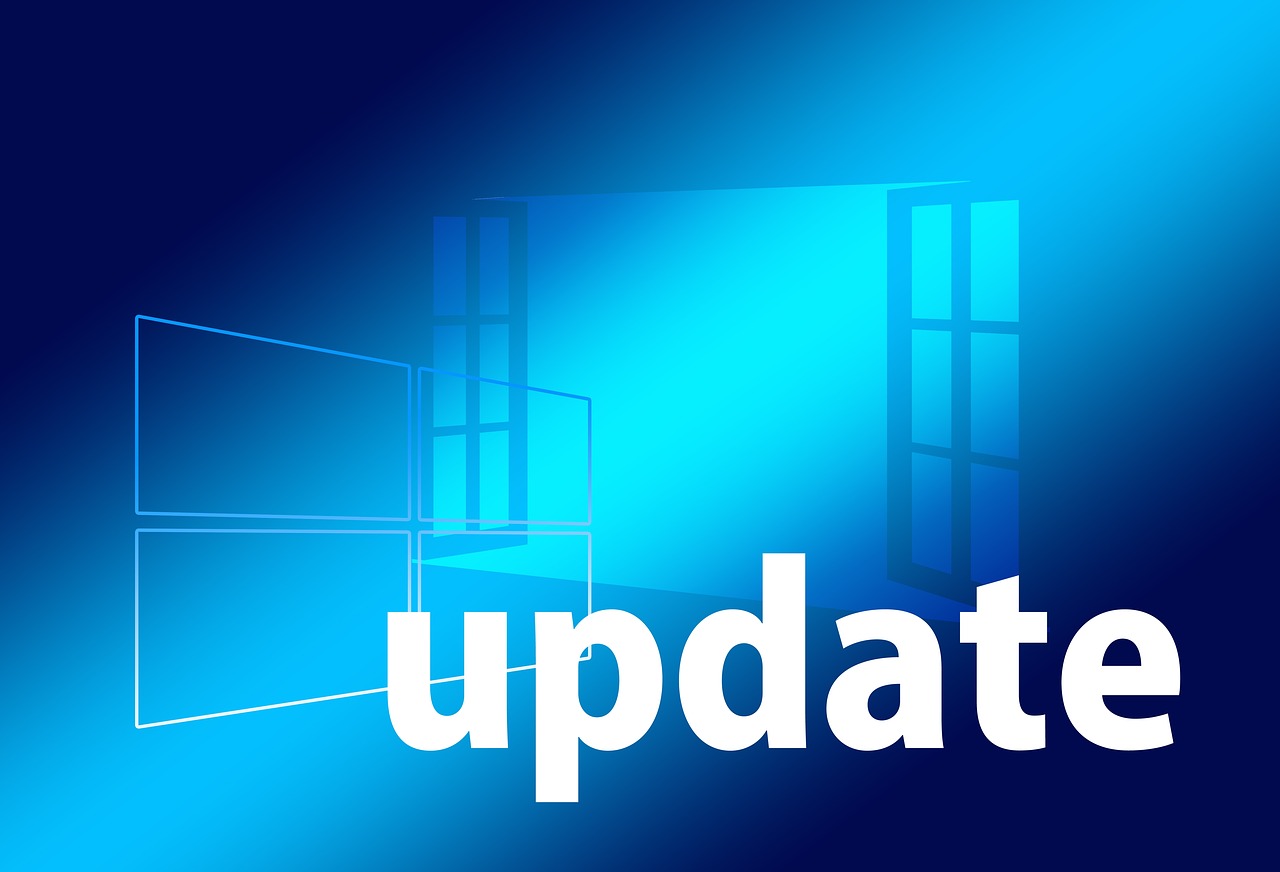5 Reasons You Should Be Investing in Backup and Disaster Recovery Solutions
As a business owner, you need to protect your assets. This includes the important data that you rely on for your day to day operations. Without...
3 min read
Travis Mack : Jan 11, 2021 5:00:00 AM
Remote work was already a trend being adopted worldwide before the global COVID-19 pandemic necessitated its widespread acceptance. Now, the rapid growth of organizations encouraging individuals to work from home has created an influx of new data management risks, especially from third-party vendors.
In order to best protect your company, its devices, and your data, it is important to understand how these risks are being created and the best ways to counter them.
By the time you’re done reading this piece, you should have a full understanding and the ability to lay out a risk-conscious vendor management program for your team.
Due to more personal devices being used without proper IT management, each third-party software or client warrants greater scrutiny than ever before.
This means your vendor selection process should include a full risk assessment. This should cover reputational risk, operational risk, and data risk. Ultimately, the up-front mitigation of these items needs to be agreed upon to protect you from strategic and financial risk.
Additionally, you must establish clear monitoring protocols for devices, data, and all third-party transactions during remote work. This means implementing full compliance from employees, coupled with reporting from any vendors you work with. Finally, your IT team, CTO, or consultant should be auditing this plan frequently to make sure all standards are current.

Finally, while drawing up or entering a contract with a third-party vendor, you should include clauses or amendments that allow for check-ins. These could come in the form of established key performance indicators (KPIs), checks on adherence to your risk management assessment, or contractual landmarks. As part of the contract management process, you should also make it clear that non-compliance with data security can breach the contract or trigger changes.
While COVID-19 and remote work have added more variables to third-party risk management, the game is the same: Make sure that your organization’s goals are clear, your data is safe, and you have a congruent plan.
While the dynamics of work-from-home seem to change every few weeks, there are some baseline tenets that will be important regardless of new challenges:
Plan: A great deal of recent remote work was hastily adopted by necessity. People had to use phones, tablets, or unsecured computers as COVID-19 necessitated a quick shutdown. As we’ve had more time to settle in, it is clear that having established procedures for remote work is crucial for success.
While the goal is to emerge from the pandemic and get our workforce back to normal, the reality is that remote work has become an established norm. In some cases, it may be adopted permanently post-pandemic. If you do not have set procedures and compliance checks in place for employees, you will struggle with management as well as financial aspects of adapting.
Communicate: Having a clear dialogue between your employees and vendors is critical no matter what the setting is. However, this becomes even more crucial when there is no physical location to check into daily.
It can be easy for you, your employees, or a vendor to become immersed in their workflow at home, but ultimately miss out on reporting and communicating with outside contacts. Also, if you do not establish regular check-ins, your employees can feel as though their work is less valuable or being overlooked.
Finally, if you are not communicating about the quality and pace of remote work, both unregulated vendors and employees can abuse the system. Time theft is already a huge issue for many small businesses, and this adds another element to it.
The best part about communication is that it builds a strong culture, especially in the face of adversity. This is pretty much a no-downside proposition!

Practice Flexibility: While you want to manage and monitor your vendors and employees, agility and understanding remain vital during remote work. Given that many people have been thrust into work-from-home via a generational disruption, blips are to be expected.
Making sure that you are adaptable, yet clear, about what each change should yield is a valuable way to keep vendor trust and boost employee morale. Realistically, companies that are not flexible right now are much more likely to fail. This mindset needs to be adopted from the top-down and instilled in every contract.
Making flexibility a component of your culture that is clearly communicated to everyone you work with will pay long-term dividends.
Involve an MSSP: Managed Security Service Providers (MSSP) have been around for decades. As cloud and remote work became the norm, it was already a good idea to have one on the company docket. In this environment, it is almost essential.
When you involve an MSSP, remote work risk and stress are greatly reduced. Knowing that your servers, firewalls, and routers are backed by a support team will make life easier for all parties. A good MSSP will ensure your vendors and employees are compliant with your management policies and serve as a great auditor.
When it comes to managing third-party risk for remote work, an MSSP is the perfect way to complete a circuit of success.
Third-party risk and vendor management have always been critical components of successful organizations. A global pandemic, corresponding spike in remote work, and increased data threats have re-emphasized the importance of having strong policies.
If you are looking to better manage your data and risk during this period of remote work, we recommend consulting with one of our experts. With more than two decades of experience in service management, even one conversation can provide you with valuable insight.
With that in mind, reach out to our team today so we can have that talk. After all, communication is key!
We’d love to help you overcome any remote work obstacles you may be facing.

.webp)
As a business owner, you need to protect your assets. This includes the important data that you rely on for your day to day operations. Without...

Microsoft will roll out its latest update to the Windows 10 operating system in May. Originally code named “I9H1” and slated to land in April, the...

It’s no surprise that modern enterprises will experience cyber threats. Organizations can mitigate the risk through best practices such as enabling...

With cutting-edge technology and quality customer service,
you’ll find everything you need to help your company soar
with Valeo Networks.
1006 Pathfinder Way
Rockledge, FL 32955
Business Hours:
M-F: 8AM-9PM
© 2025 Copyright Valeo Networks. All Rights Reserved.